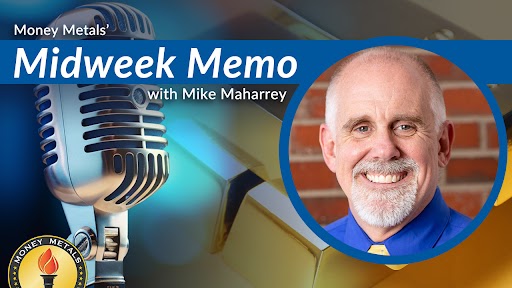(Mike Maharrey, Money Metals Exchange) Like many, I once owned a Plymouth Neon. It seemed perfectly fine – looked good, sounded good, and got me from point A to B. But beneath its exterior, it had a critical flaw: a non-functional radiator fan.
This problem, while not apparent in everyday use, became glaringly obvious under specific conditions, such as in a traffic jam. This experience with my Neon provides a fitting metaphor for the current state of the US economy – seemingly fine on the surface but harboring deeper, unseen issues.
The Deceptive Surface of the US Economy
On paper, our economy might look healthy. GDP growth, job numbers, and stock market performance paint a picture of stability and progress. But, like my old Neon, the economy has its hidden flaws. High interest rates and massive debt are just the tip of the iceberg. There’s a gap between what appears to be and what actually is – a disparity that suggests we might be sitting on a ticking economic time bomb.
Scrutinizing the Job Numbers and Economic Reports
Let’s delve deeper into the job numbers and economic reports that often make headlines. Initially, these reports can seem overwhelmingly positive, but a closer look, particularly at the revised figures that follow, often tells a different story. For instance, while the job market appears to be thriving based on the initial data, subsequent revisions usually paint a less optimistic picture. This pattern of initial enthusiasm followed by downward revisions raises questions about the true health of our labor market.
Rising Consumer Debt: A Red Flag
Another concern is the ballooning consumer debt. While increasing consumer spending might seem like a sign of economic confidence, the reality is that much of this spending is fueled by credit. With credit card debts soaring, it’s clear that Americans are under significant financial pressure, further underscoring the hidden struggles within our economy.
The Banking Crisis and Federal Reserve’s Role
Recall the recent banking crisis and the Federal Reserve’s response – a bailout program that remains heavily utilized. This reliance on a bailout program, months after the crisis, indicates that all is not well in our banking sector. Banks continue to borrow at an alarming rate, hinting at deeper, unresolved issues in our financial system.
Preparing for Future Economic Challenges
In light of these observations, it’s prudent to prepare for potential economic challenges. One way to do this is by considering precious metals for your investment portfolio. History has shown that assets like gold and silver can offer protection in turbulent economic times. With the current economic indicators and the Federal Reserve’s policies, diversifying into precious metals could be a wise move.
Conclusion
As I wrap up this edition of the Money Metals Midweek Memo, I encourage you to stay informed and consider all angles when evaluating the health of our economy. For more information and insights, feel free to reach out to me at [email protected], or visit moneymetals.com.
Mike Maharrey is a financial analyst and host of the Money Metals Midweek Memo. He provides insights and commentary on the economy and precious metals markets.



